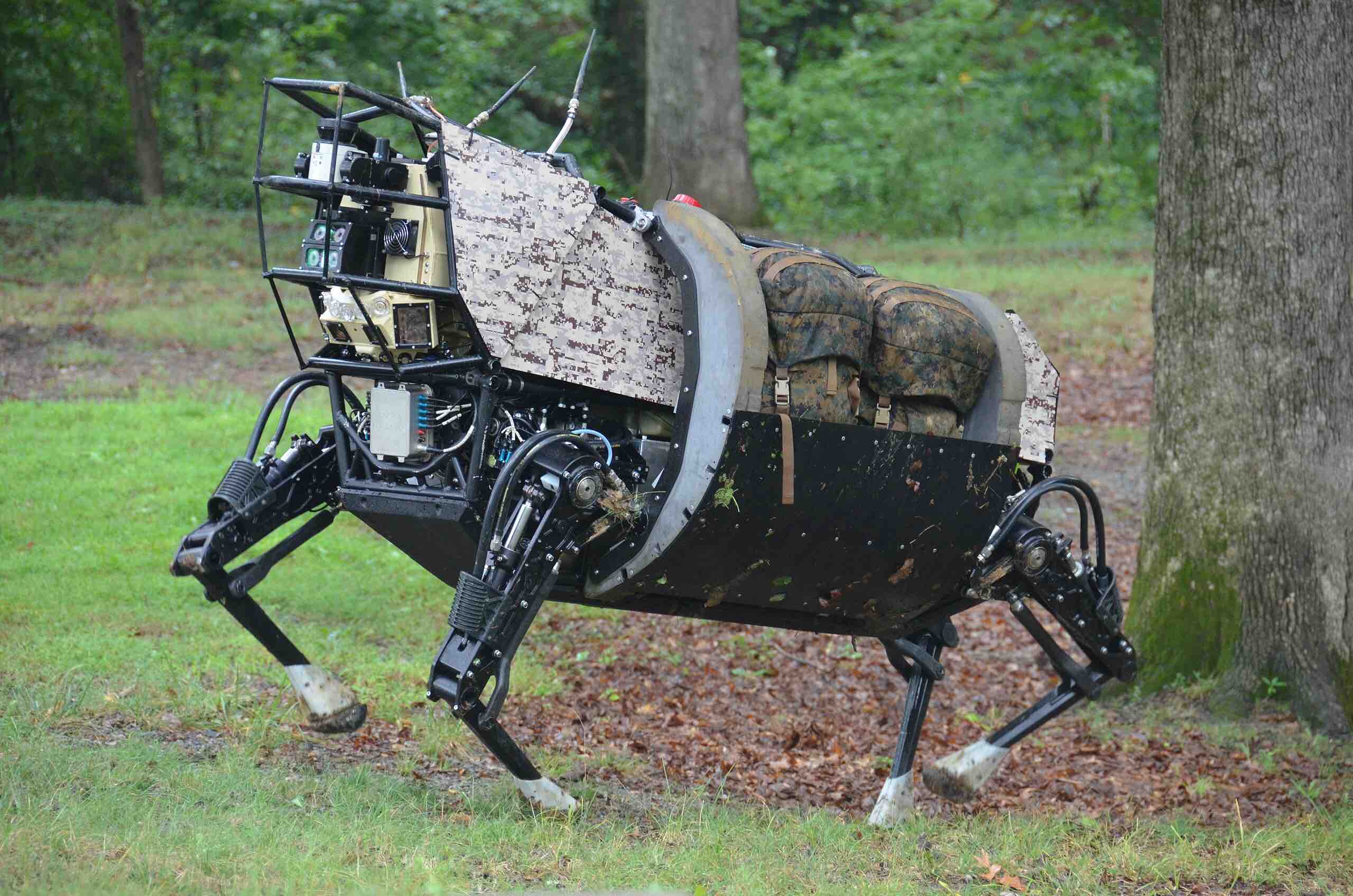


The MULE – a semi-autonomous, all-terrain robotic platform – has been designed to navigate steep gradients, rocky passes, and snowbound routes. Equipped with electro-optical sensors, thermal imaging, and real-time data links, it promises to give Indian forces an unblinking eye over areas that are traditionally hard to monitor. The Army says the system can operate day and night, in both reconnaissance and logistical roles, carrying supplies or equipment in addition to gathering intelligence.
While this deployment is framed as a technological upgrade, it also signals a shift in India’s approach to the LoC. For decades, surveillance relied heavily on human patrols and manned observation posts. By integrating robotics, New Delhi reduces risk to personnel while expanding constant coverage – a move likely to frustrate infiltration attempts by militants and cross-border smugglers.
The timing is telling. The LoC has seen sporadic flare-ups despite a 2021 ceasefire agreement. Pakistan, which disputes India’s sovereignty over Jammu and Kashmir, is unlikely to view the move as purely defensive. Islamabad may interpret it as another step in India’s fortification of the contested border, potentially prompting countermeasures of its own.
Defence analysts see a wider pattern: India has been increasingly investing in unmanned systems for both surveillance and combat support, mirroring trends in other militaries from the US to Israel. The MULE’s deployment, while modest in scale, hints at an eventual network of autonomous platforms working in tandem with drones, satellites, and AI-driven command systems.
For locals in the border region, the impact may be mixed. Greater surveillance could mean fewer incursions and a stronger sense of security, but it also underscores the enduring militarisation of their environment. In a region where every technological upgrade is scrutinised by both sides, the MULE is more than a machine – it is a message.
Main Image: – http://www.darpa.mil/uploadedImages/Content/Our_Work/TTO/Programs/LS3/DSC_0502.JPG